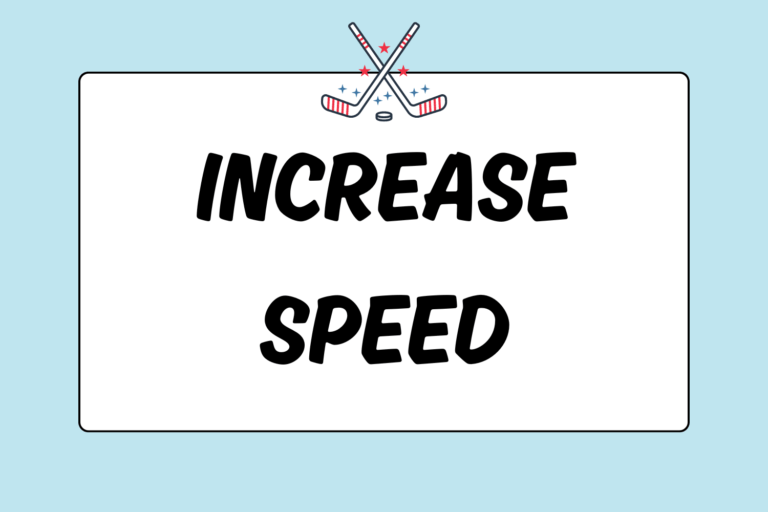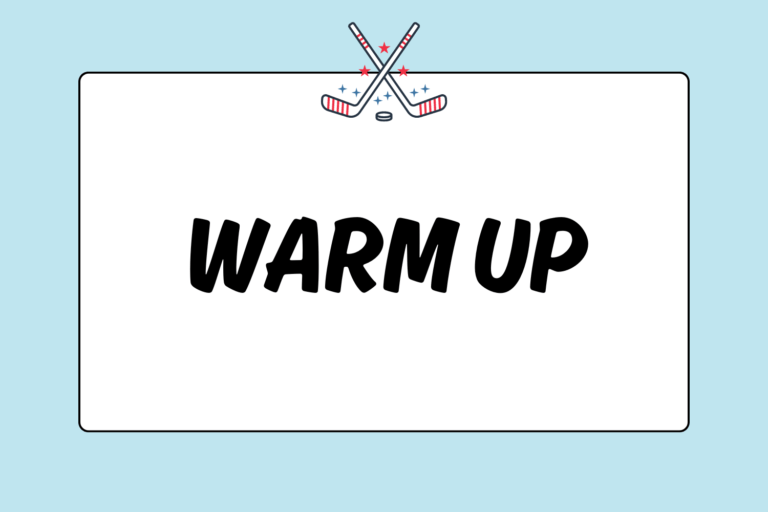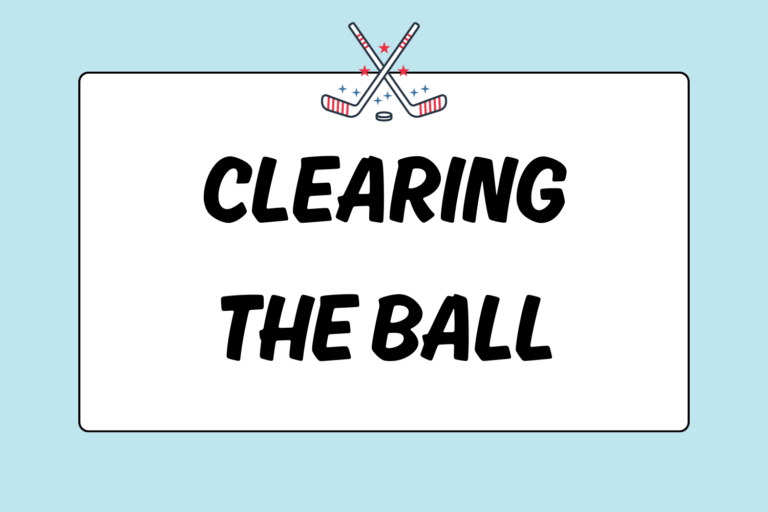You can’t stop every shot, but you can stop most. The secret to playing goalie is to stay calm. So you got scored on in the first 10 seconds of the game, big whoop. The important thing is that you regain your composure and focus on preventing any future goals from scoring.
With that being said, there are different techniques to making saves and this guide covers the basics. Whether it’s using your leg pads, your stick, your hand pad, or your chest, you’ll have the tools to shutout every game.
Pad Saves
Leg pads, accompanied with feet pads (kickers), will be your main tools for stopping the shots below your waist. For these shots, you’ll want to position your body according to the shooter’s angle. You will also want to position your legs appropriately for the shot, either together or slightly apart. Keep them bent, as well.
Your feet and body positioning are situational, but there are a few basic principles that are constant for all pad saves. Listed below are techniques to follow when you’re using your pads to defend against direct shots (balls shot straight at the goal by a single player) and indirect shots (balls that have been redirected towards the goal).
Direct Shots
Direct shots are shots that are hit directly on goal by a single player. For direct shot saves:
- Square your body up to the ball, keeping your chest and hips in line with it.
- Keep your stick poised at waist-height for the initial shot. Then, bring it to the ground for play in front of the goal.
- Keep your left-hand pad poised at waist-height for the initial shot, as well.
- Keep your legs together so that your leg pads are pointing slightly in towards each other.
- Bend your knees so the top of the leg pads (above the knee) are angled down towards the ground. This helps cushion the ball.
- The shot will be low since you’re using your leg pads, so knock it down and trap the ball at the base of your feet.
- After you’ve trapped the shot, you can clear the ball by kicking it. But if the front of the goal is crowded, keep the ball at your feet and keep your leg pads together until you receive help from your defense.
Indirect Shots
Indirect shots are shots taken from balls that have been redirected from their original course, or when the ball is passed across the goal for another player to take a shot. For these shots, how you save it will vary depending on the situation. Sometimes you will need to dive and sometimes you’ll be able to stay upright. But regardless of how you end up making the save, there are some basic techniques to follow that lead up to the save:
- Face the ball at all times and keep your body squared to it.
- Extend the leg closest to the ball to block the shot. Use the front or side of the leg pad to stop the ball.
- Shuffle your feet to reposition yourself.
- React to any rebounds.
After stopping the initial shot, reposition your feet together to stop any rebounds or dive and place your body between the ball and the goal.
Hot Tip: Never Cover the Ball
Never cover the ball with your body or pads. This is illegal and can result in either a penalty corner, or worse, a penalty stroke. So instead of covering it, lie on your side and keep the ball between your body and the goal. This may require some maneuvering as the ball is being played.
You can also push the ball away with your stick or your pads (just be careful not to push it to an opponent). Your defenders should be open to help to clear the ball, as well.
Stick Saves
The stick is always held in your right hand, and your hand is covered with a hand protector. The goalie stick is specifically designed to cover the maximum area for protection against shots. It is intended for stopping, not hitting. Because of this, you generally do not play the ball with your stick after you make the stop with it. Instead you use it to tap the ball in front of you so you can kick the ball out of the circle.
Depending on the location of the shot, there are several ways to stop the ball by using your stick:
Lifted Shots
Use your stick to stop shots that are lifted anywhere from your waist to the top corner of the goal. Step with your right foot (in the direction of the shot) for a farther reach. Depending on how far away the shot is, keep your right elbow bent before extending it to block a high shot.
Make contact with the ball on the flat side of the stick. Angle the bottom of the stick slightly back so that the flat side of the stick is angled forward (away from the goal). This will make it easier to redirect the ball to the side and away from the goal.
Basic Shots
For play in front of the goal, keep the stick upright with the bottom (hook) low to the ground. Use the bottom of the stick to stop anything near your right foot that cannot be stopped with your leg pads. Angle the top of the stick forward to help cushion the ball and make sure to keep a firm grip on the stick.
Ground Balls
Sometimes you will find yourself on the ground. So whether you are lying down after diving or crouched down for the shot, place your right hand on the ground so that the bottom edge of the stick is completely flat on the ground. Always keep the flat side of the stick facing the ball. Use the shaft of the stick or the bottom edge to stop any low shots on the ground.
Left Hand Saves
Your left hand is protected by a flat, square hand pad. The left-hand pad should be used for any lifted shots to your left that are lifted anywhere from your waist to the top corner of the goal. But, you cannot swat at it; that is illegal.
Make sure your palm is always facing the ball. Angle your wrist slight back so that the pad always faces away from the goal. This will make it easier to redirect the ball to the sides of the goal and away from the front of it.
If you stop the ball with the face of the pad, the ball is going to bounce back into the circle and create a big juicy rebound for the opposing team. So, make sure you are aware of where your opponents are and try to place the ball as you knock it down. The best place to redirect the ball is towards the sides of the goal (away from the front) and as far out as possible. By doing this, you take away a good shooting angle and any immediate danger from the rebound.
Chest Saves
Chest saves are arguably the easiest shots to stop because the ball comes straight at you. The hardest part of these shot is bringing the ball down safely in order to clear it. A few tips to remember for chest saves are:
- Make sure to square up to the ball (keep your body and hips facing the incoming ball).
- Let the ball hit your chest pad.
- Bring the ball down and place it in front of you by leaning forward.
- Protect the goal by placing the ball at the base of your feet.
- Clear the ball by kicking it.
Be careful that the ball does not get stuck inside the top of your leg pad. This can result in a penalty against your team, even if it’s unintentional.
Improvise
While these are the basic ways to stop the ball, you should be combining these save tactics — not limiting yourself to one or two. Your gear acts as extra tools that help you make the saves. So, use every piece of equipment you have to your advantage and don’t be afraid to improvise!





